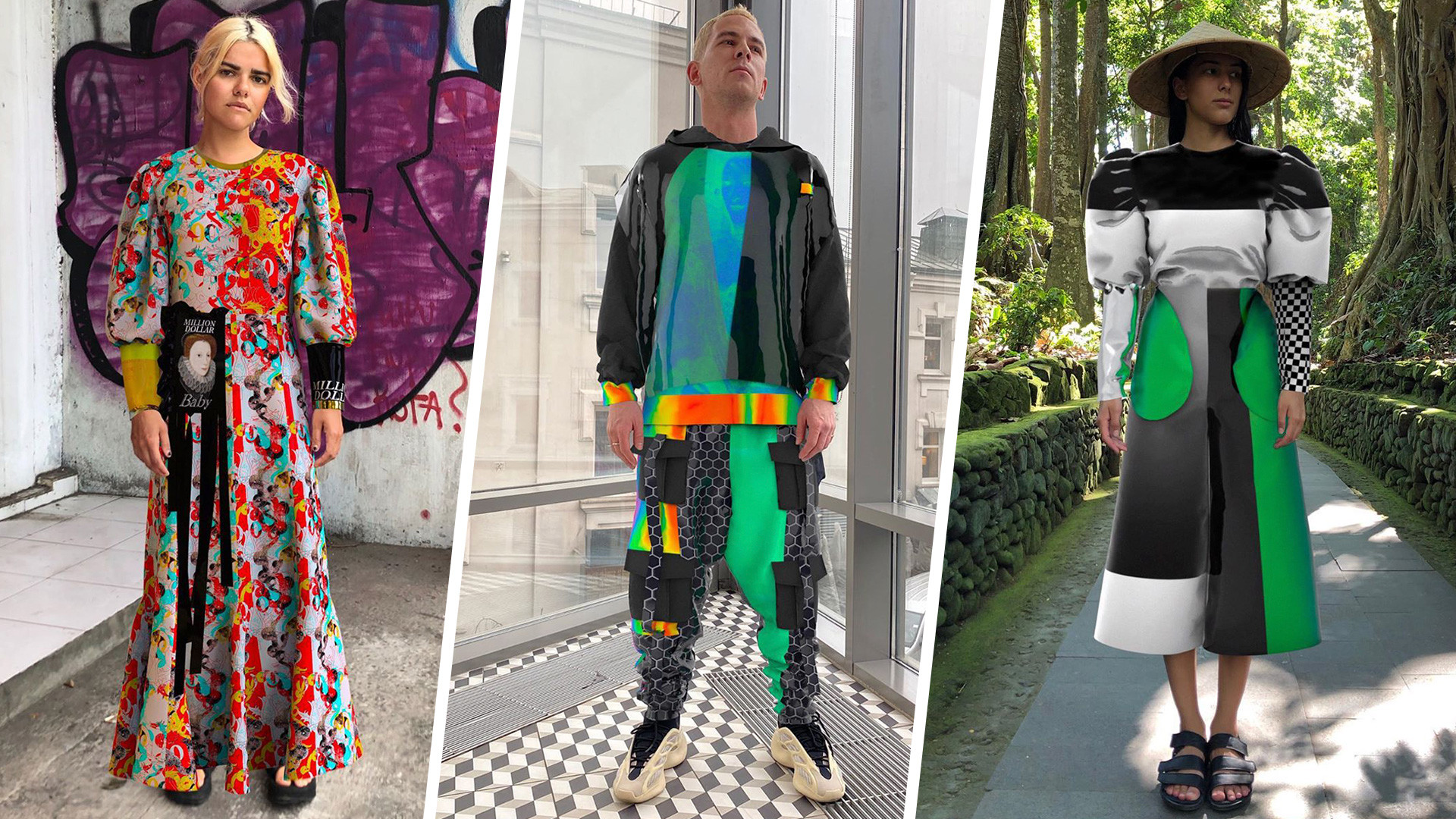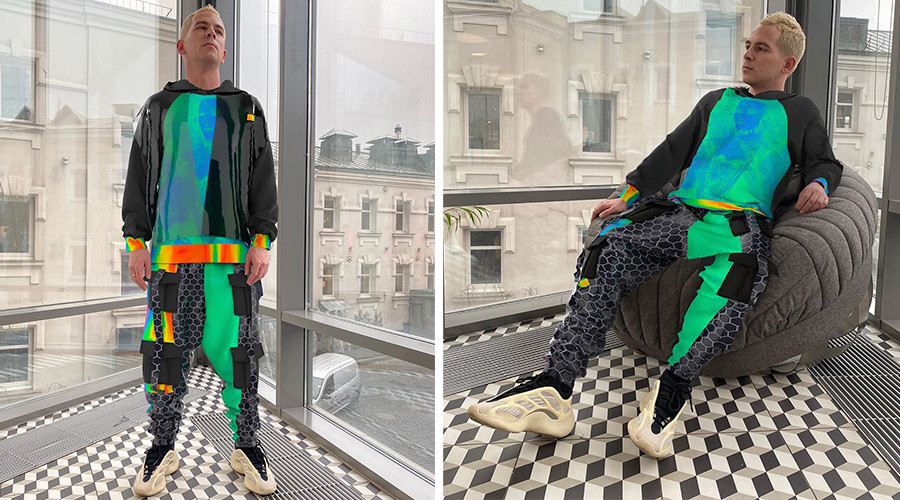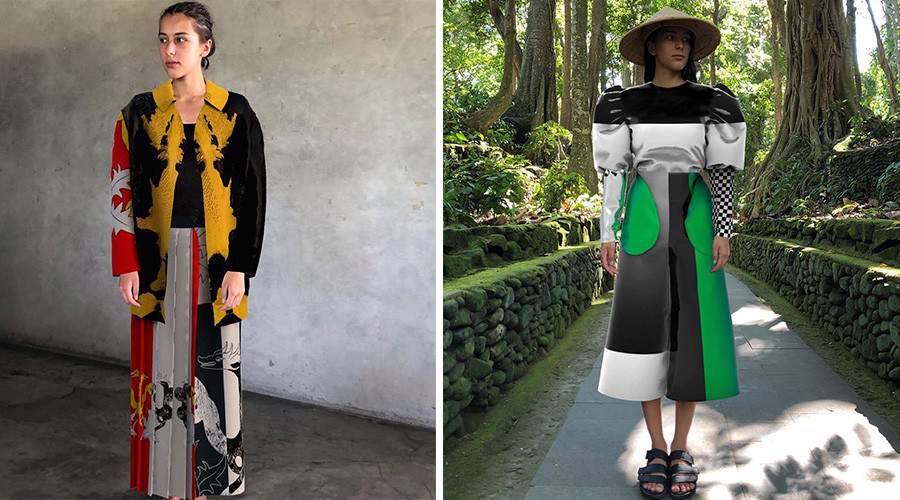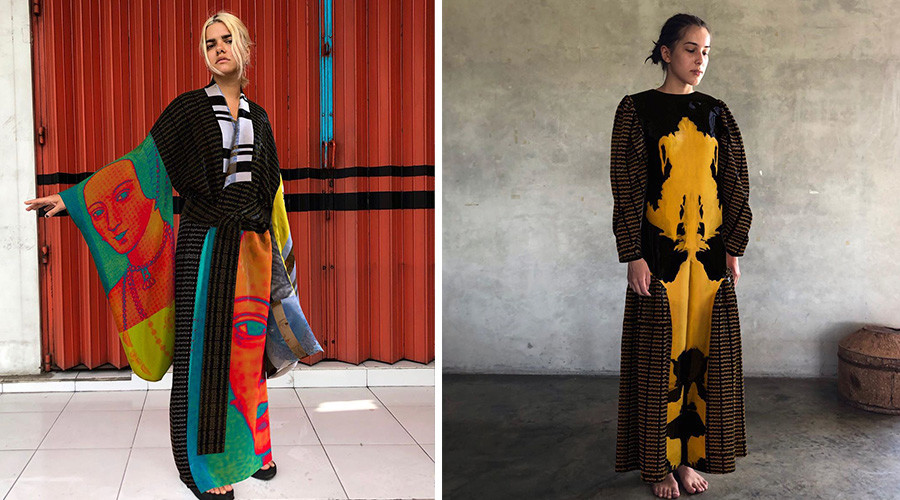Digital clothes are now available in Russia. Do they have a future? (PHOTOS)

Journalist Daniil Trabun has become one of the first people in Russia to wear digital clothes. He showed off his new outfit, which cost less than $70, in a post on Instagram.
Daniil believes that digital clothes will become a new way of blogger promotion and a step towards smart consumption.
He argues: “These days, people look at clothes mainly on Instagram. So for the sake of likes and subscriptions, there is no need to waste real fabric, fuel for transport, or retail premises."
In addition, Russia has begun developing digital clothes for the needs of light industry.
How are digital clothes made and will we be able to wear them in the real world?
A digital look via an iPhone and apps
Design student, Regina Turbina of Ufa State University, created the journalist's outfit.
“To create a digital outfit, first of all you need to take measurements of the model. So the model must send you their pictures in form-fitting clothes or underwear," Turbina said in an interview with BluePrint.
“This was what happened with Danila: I came to his office and photographed everything on my iPhone. He emailed me his reference points: he was interested in unusual fabrics, materials, textures, layering, he wanted a street-wear style outfit. I factored his wishes into my design,” she added. The designer creates her clothes in special applications.
“With the help of virtual fashion, I, as a designer, can create and display my work relatively quickly and comfortably, try new materials and patterns. As an artist, I am exploring human interaction with a virtual outfit”, Turbina explains on Instagram.
From social media to manufacturing
The Russian company MALIVAR, which creates virtual Instagram influencers, also develops digital clothes.
Their own virtual models showcase their designs. “We use [digital] clothes for our own [virtual] characters and for advertising. For example, you can quickly assemble a digital look and demonstrate it on a virtual model - Aliona Pole on Instagram - and then collect pre-orders for subsequent production of real clothes. It is quick, stylish and environmentally friendly,” says MALIVAR founder Valery Sharipov.
He points out that trying digital clothes on a real person is time and labor consuming. Furthermore, there is yet no sustainable and scalable business model for the proper development of the digital clothing industry.
If using any of Russia Beyond's content, partly or in full, always provide an active hyperlink to the original material.
Subscribe
to our newsletter!
Get the week's best stories straight to your inbox



